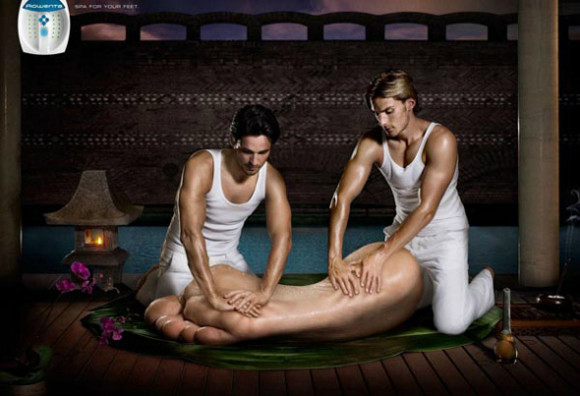It was a long anticipated market entry, but now it looks as if Tesla Motors might not be selling its coveted electric vehicles in Korea until at least next year. According to the ministries in charge of approving imported vehicles for Korean roads, it will take at least 25 more days before the California-based automaker can officially begin selling its cars here, a letdown for avid followers who have been waiting for the 12 months since Tesla registered its Korean operation last November. “Considering the current workflow, it is hardly likely for the model that Tesla applied a license for to even finish the registration process,” said an official from the Ministry of Land, Infrastructure and Transport. In order for foreign cars to be sold in Korea, two approval processes are required: one involving emissions and noise level tests by the Ministry of Environment and another involving registration of the car model with the Transport Ministry. The first step was finished quickly. The Tesla S 90D model completed tests less than two weeks after the automaker applied for them in September. But Tesla has yet to begin the second step.
The official from the Transport Ministry said it takes about 15 business days to complete the registration process for a foreign car and possibly 10 more days to receive official product numbers, which are mandatory for a sales license. Tesla has yet to submit all the documents for registration, which include self-checks that prove their vehicles comply with Korea’s road safety guidelines. The Transport Ministry official anticipates Tesla should have no problem with the process as their vehicles’ safety measures have already been proven in other countries, but the ministry is still waiting for the paperwork. After that, in order to receive a product number, automakers have to report the specifications of the models they wish to sell. This process takes roughly 10 days, and the application must be made at least 10 days before actual sales begin. “People from Tesla have visited the ministry with provisional papers [for consultation],” the Transport Ministry official said. “We have given them feedback, but they are still finalizing the registration documents.” If Tesla fails to submit all the paperwork within the next week, the chances of seeing the cars on sale here are thin, disappointing many customers who were expecting a 2016 debut.
Shinsegae Department Store, in charge of Tesla’s Starfield Hanam showroom, said their initial objective was to open the new location by the end of December, but now they can’t guarantee it. “It is a benefit for us to open the shop as soon as possible, because it will definitely lure more visitors to our venue” a Shinsegae spokesperson said. “But the registration process isn’t done yet, and there hasn’t been a single case in Tesla Motors history of a showroom opening without the actual car inside.” The Starfield Hanam location in Gyeonggi is still covered with a sign, “Opening Soon Winter 2016,” that at this point seems optimistic. The Gangnam location in southern Seoul is nearly done with interior construction, but it, too, is still missing the most important element: the vehicle. That branch’s opening date has yet to be confirmed. Nonetheless, there are still several Tesla vehicles on Korean roads, though they went through individual certification processes. The cars were imported for private use, not for sale. One of the importers was Socar, Korea’s largest car-sharing service app. The company said Wednesday it has put a Tesla S 70D in its lineup and will provide free test rides for a month starting Tuesday.
Even if Tesla finishes registering with the Transport Ministry on time, one more obstacle remains. Under current law, the central government provides about 14 million won ($12,000) to buyers of electric cars, part of its efforts to boost the burgeoning market. However, the subsidy is provided only to vehicles that can finish charging in less than 10 hours. The S 90D model, equipped with an 87.5 kilowatt-hour battery, takes 14 hours to fully charge, which means Korean customers will have to shell out about 100 million won for the S model.




